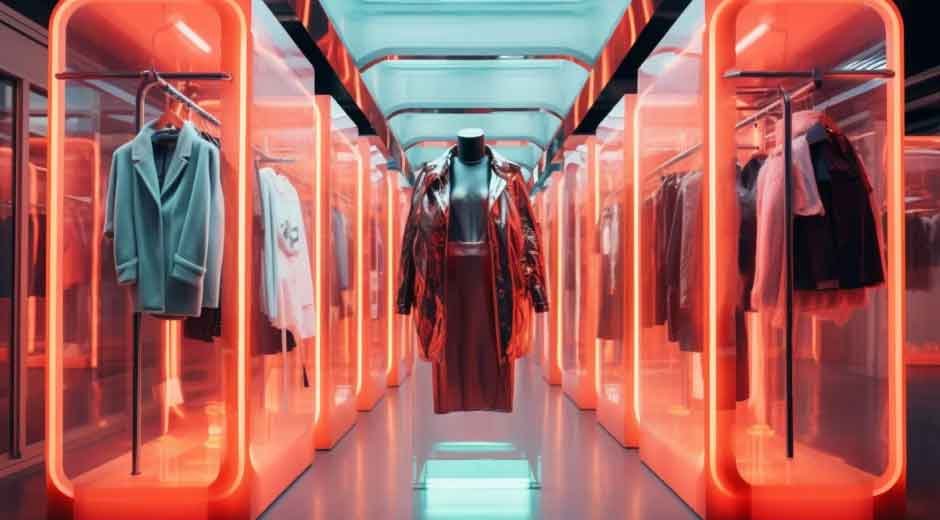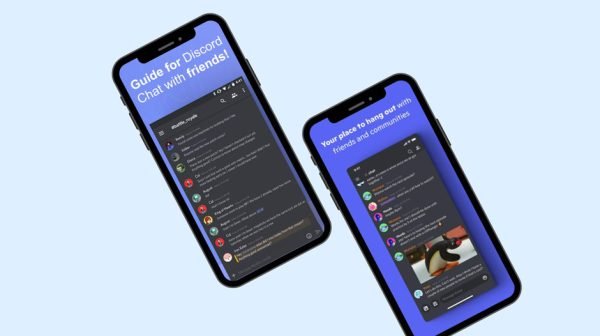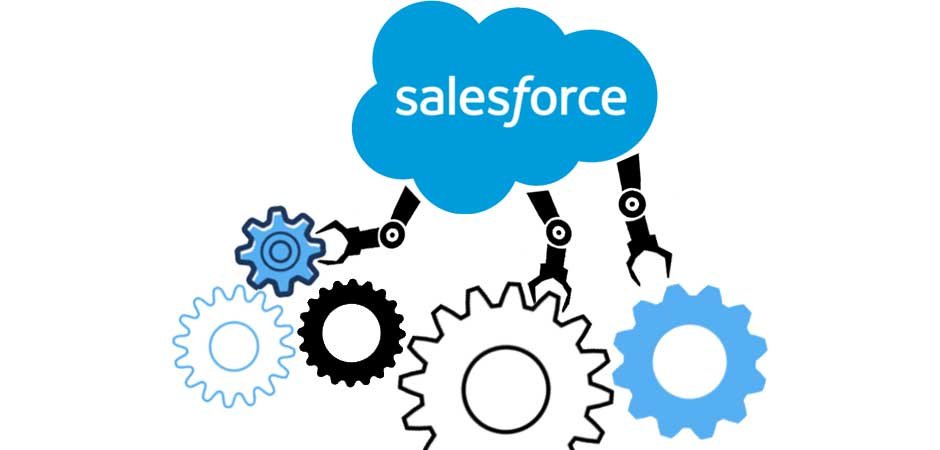5 Ways Fashion Design Software Helps Teams Collaborate Better

The fashion design process thrives on collective creativity. Multiple experts contribute their skills to transform an initial idea into a final product. This journey involves designers, pattern makers, merchandisers, and manufacturers. Seamless communication between these groups remains essential for success.
Physical samples and paper sketches can slow progress across great distances. Modern teams now leverage digital tools to overcome these historical hurdles. Specialized fashion design software provides a unified platform for the entire workflow. This article explores five key methods by which these digital solutions enhance team cooperation.
1. A Central Hub for All Creative Assets
A single digital library stores every sketch, fabric swatch, and tech pack. Team members access the latest files from any location at any time. This system eliminates confusion over which document represents the current version. Everyone works from the same page, literally and figuratively.
This centralized approach prevents the dreaded version control issue. It guarantees that a pattern maker in one country uses the same updated sketch as a production manager elsewhere. New team members can quickly get up to speed after reviewing the complete project history. This digital repository becomes the ultimate source of truth for the entire collection.
2. Real-Time Feedback and Streamlined Approvals
Digital tools allow for immediate comments directly on design files. A designer can mark up a sketch, and a pattern maker can respond within minutes. This direct line of communication accelerates the feedback cycle dramatically. Decisions happen faster, keeping projects on a tight schedule.
The approval process also becomes far more efficient. Stakeholders can review collections remotely and provide instant electronic sign-off. This method reduces the need for lengthy in-person meetings and international shipping of samples. Projects move forward without the traditional delays associated with physical prototypes.
3. Enhanced Communication with Visual Notes
Leaving precise feedback on a complex design can be challenging with just text. Digital platforms allow users to pin comments directly onto specific parts of an image. A production manager can circle a seam detail and ask a clarifying question. This visual context prevents misinterpretation and ensures accurate revisions.
These annotated comments create a clear and actionable log for everyone involved. Team members see exactly what requires attention without guessing. This precise communication reduces errors and the need for numerous revision rounds. It brings clarity and focus to every stage of the development process.
4. Transparent Tracking of Project Evolution
Every change made within the platform is automatically recorded and time-stamped. This creates a transparent audit trail for the garment’s entire development history. Managers can track progress against deadlines with great accuracy. This visibility helps identify potential bottlenecks before they derail a timeline.
This transparency holds everyone accountable for their contributions and deadlines. Teams can analyze past projects to improve future workflows and estimate timelines better. Understanding how a design evolved from concept to completion offers valuable insights. This data-driven approach leads to more predictable and efficient production cycles.
5. Simplified Management of Technical Specifications
Tech packs are the critical blueprint for any garment’s production. These documents consolidate all vital information into one accessible file. This centralized access ensures every team, from design to manufacturing, operates from identical details.
- Detailed construction notes
- Precise measurement specifications
- Bill of materials (BOM) with correct quantities
- Approved trim and material references
Any update to the tech pack automatically syncs for every team member. This ensures that a factory never works from an outdated specification sheet. Accuracy in this area prevents massive production mistakes and material waste.
Moving from isolated workflows to a connected digital environment transforms fashion design. It breaks down departmental silos and fosters a truly collaborative spirit. This shift enables creativity to flourish within a structured, efficient framework. Adopting the right fashion design software is a strategic investment in a team’s collective success. It ultimately bridges the gap between creative vision and flawless production, ensuring every team member contributes to the final masterpiece.



